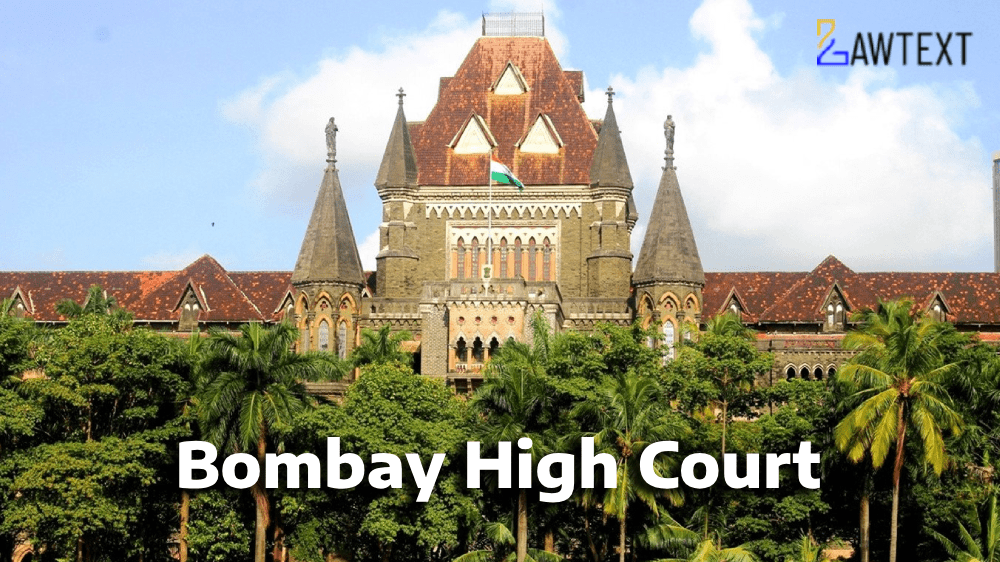

Sustainable Development: The court reiterated the principle of sustainable development, holding that economic development and environmental protection must be balanced. The project was approved as it aimed to reduce carbon emissions and manage industrial waste, while also ensuring minimal ecological damage through compensatory afforestation and other safeguards.
Public Interest: The court held that the project served public interest by addressing the increasing demand for cement in the Mumbai Metropolitan Region and reducing road congestion and carbon emissions. (Para 16-18)
Statutory Compliance: The court emphasized that the project had already obtained all necessary statutory clearances, including CRZ clearance, environmental clearance, and forest clearance, and that the petitioner had undertaken to comply with all conditions imposed by the authorities. (Para 19-25, 26-33)
The High Court held that the project was permissible under the CRZ Notification, 2011, and other environmental laws, as it had already obtained the necessary statutory clearances.
The court emphasized the principle of sustainable development, stating that economic development should not come at the cost of environmental degradation, but both should go hand in hand.
The court granted permission for the project, subject to strict compliance with the conditions imposed by the statutory authorities, including compensatory afforestation, environmental safeguards, and monitoring of the project’s impact on the coastal environment.
Constitution of India (COI) – Article 226 – Writ Jurisdiction.
Environment (Protection) Act, 1986 – Environmental Clearance (EC) and Coastal Regulation Zone (CRZ) Clearance.
Forest (Conservation) Act, 1980 – Forest Clearance and Compensatory Afforestation.
Coastal Regulation Zone (CRZ) Notification, 2011 – Permissible Activities in CRZ Areas.
Environmental Impact Assessment (EIA) Notification, 2006 – Category A Projects.
Sustainable Development – Balancing economic growth with environmental protection.
Coastal Regulation Zone (CRZ) – Classification of coastal areas for regulated activities.
Compensatory Afforestation – Replanting mangroves to offset ecological damage.
Mandamus – Writ directing authorities to perform their duty.
Public Interest Litigation (PIL) – Litigation filed for public good.
Nature of the Litigation: Adani Cementation Limited filed a writ petition seeking permission to construct a berthing jetty, conveyor corridor, and cement grinding unit in Raigad District, Maharashtra, which falls under the Coastal Regulation Zone (CRZ).
Remedy Sought: The petitioner sought a writ of mandamus directing the respondents to permit the construction of the project, which was essential for meeting the increasing demand for cement in the Mumbai Metropolitan Region.
Reason for Filing: The petitioner argued that the project would reduce carbon emissions by using waterways for transportation, as opposed to road and rail, and would also manage waste from nearby industries.
Previous Decisions: The petitioner had already obtained various statutory clearances, including from the Maharashtra Coastal Zone Management Authority (MCZMA), the Ministry of Environment, Forest and Climate Change (MOEFCC), and the Forest Department, subject to certain conditions.
Whether the construction of the berthing jetty and cement plant in the CRZ area, which involves the cutting of mangroves, is permissible under the CRZ Notification, 2011, and other environmental laws?
Whether the project, which is primarily a captive jetty for the petitioner’s industrial use, serves public interest and is necessary for public good?
Whether the conditions imposed by the statutory authorities, including compensatory afforestation and environmental safeguards, are sufficient to mitigate the ecological impact of the project?
Petitioner’s Arguments:
The project would reduce carbon emissions by using waterways for transportation, which is more fuel-efficient and environmentally friendly compared to road and rail transport.
The project would help manage waste from nearby industries by using slag waste and fly ash as raw materials.
The petitioner had already obtained all necessary statutory clearances, including CRZ clearance, environmental clearance, and forest clearance, and had undertaken to plant 10 times the number of mangroves cut during construction.
The project would create employment opportunities and improve local infrastructure.
Respondent’s Arguments (BEAG):
The project is not in public interest as it is primarily a captive jetty for the petitioner’s industrial use and not for public use.
The project would have a significant ecological impact on the mangrove forests, which are ecologically sensitive areas.
The CRZ approval was granted without fully appreciating the scale of the project’s impact on the CRZ-IA area.
Citation: 2025 LawText (BOM) (3) 50
Case Number: WRIT PETITION NO.2674 OF 2024
Date of Decision: 2025-03-05
Case Title: Adani Cementation Limited Versus Union of India & Ors.
Before Judge: ALOK ARADHE, CJ. & BHARATI DANGRE, J.
Advocate(s): Mr.Vikram Nankani, Senior Advocate a/w Mr.Pranav Narsaria, Mr.Rohan Dakshini, Ms.Shweta Jaydev and Ms.Feroza Bharucha i/b Rashmikant & Partners for the Petitioner. Mr.Y.R. Mishra a/w Mr.Shailendra Mishra for Respondent No.1. Ms.Jaya Bagwe for Respondent No.2-MCZMA. Ms.Neha Bhide, GP a/w Mr.O.A. Chandurkar, Addl. GP and Ms.G.R. Raghuwanshi, AGP for respondent Nos.3 to 6 and 8. Mr.Rakesh L. Singh i/b M.V. Kini & Co. for Respondent No.7-MMB. Mr.Aditya Mehta a/w Ms.Viloma Shah, Ms.Deepali Bagla and Mr.Ativ Patel i/b AVP Partners for Respondent No.9.
Appellant: Adani Cementation Limited vs.
Respondent: Union of India & Ors.